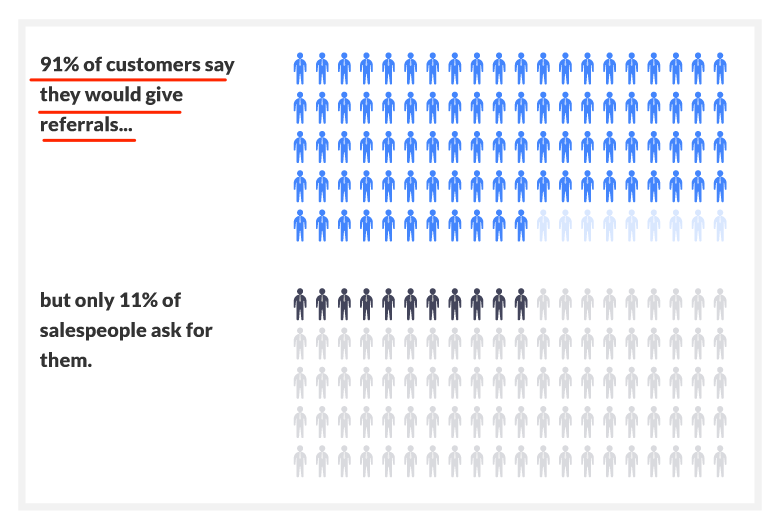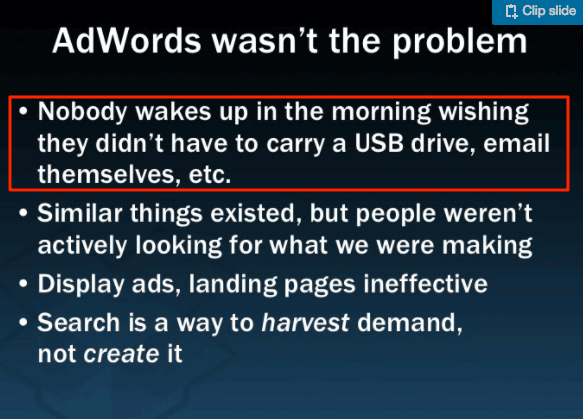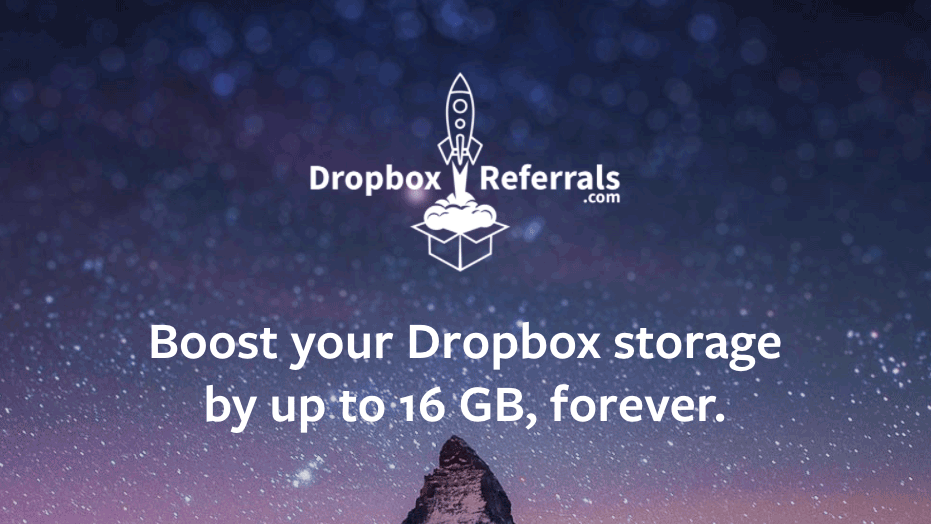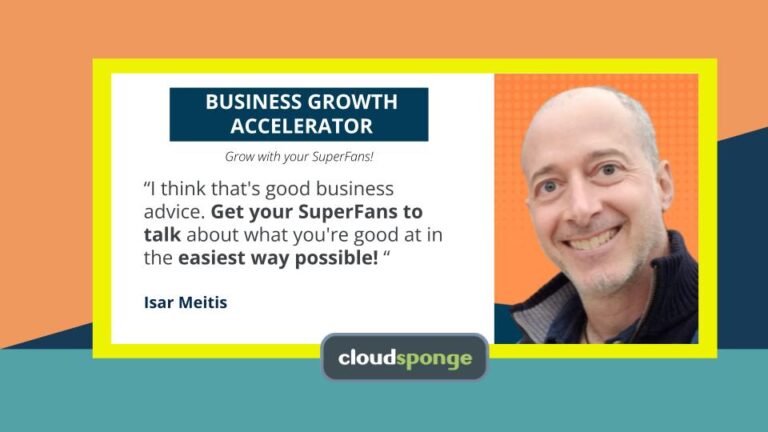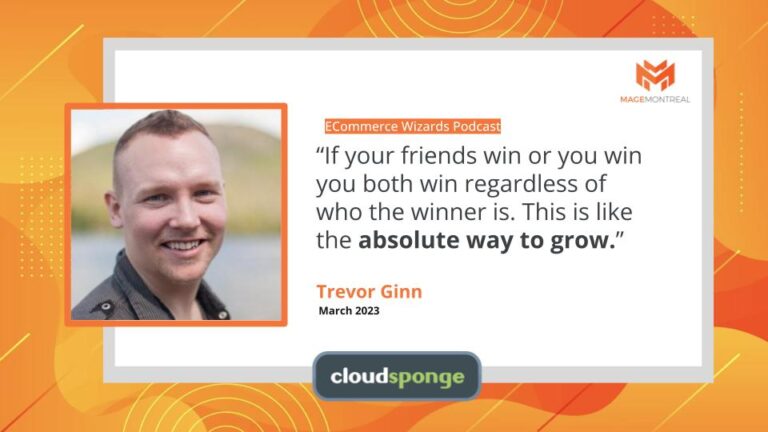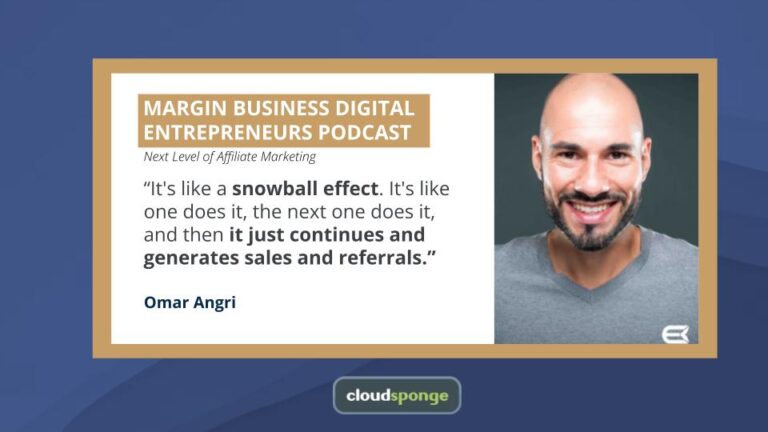I’m sure you’ll agree with me on this: Nothing beats referrals and product recommendations as the most effective form of marketing today.
Absolutely nothing.
And there is plenty of data to prove it.
For example, referrals top the list of the most trusted advertising sources across all generations (source)
Even a single product referral can drive 5 times more sales than a paid ad.
And, according to Wharton School of Business, the lifetime value of a referral customer trumps other users. In fact, in their paper called “Do Referral Programs Increase Profits,” the authors write:
“The lifetime value of referred customers, measured over a six-year horizon, was 16% higher, on average, than that of non-referred customers with similar demographics and time of acquisition.”
Crazy, huh?
And so, it goes without saying:
If you truly want your business to grow, you must entice more users to recommend your product to others.
It’s just…
…doing it only sounds SO simple. In reality, though, it seems almost impossible, right?
After all, as Lincoln Murphy pointed out:
“Unless you have specific intel indicating they will share your app with everyone immediately after first interacting with you (like, for instance, my Mom is your target audience), then you should probably assume they won’t.
And if you sell to a B2B Audience, you should double-down on that assumption.”

Luckily, it’s not all that bad.
You can use various strategies to entice more referrals and word-of-mouth from customers.
A couple of months ago, I published a full guide on enticing users to invite friends to use a product.
And in this post, I want to discuss another aspect of enticing word-of-mouth referrals – the psychology of sharing.
I’ll show you why we share and recommend products, and how you could use this insight to boost your product’s virality.
Intrigued? Then let’s take it from the top…
Why We Share and Tell Others About Products
You know:
Sharing is deeply rooted in our nature.
We love to pass on ideas, tell others about the information we’ve seen online, and recommend various goods we’ve tried.
And can you guess what all those things have in common?
They’ve provided us with value.
And it’s that value that we’d like to share further.
As David Fallarme points:
“People share to exchange value with their networks. […] If we find something amazing, we want to tell others about it.”
And, as Customer Insight Group’s whitepaper, called “The Psychology of Sharing: Why Do People Share Online” reveals:
“Two in three (65%) people report that when they find valuable information, they have to share it.”
But our motivations for sharing go beyond just sharing value.
In fact, as a New York Times study discovered, we share for self-fulfillment and to build relationships.
Specifically, apart from passing on the value, we share and recommend goods or services to:
- Define ourselves to others. 68% of NYT study respondents admitted to sharing to define better who they are and what they care about to others.
- To nourish relationships. 78% of respondents revealed that they share information online to stay connected with their network.
- To promote causes we care about. 84% of the study participants said they share to support causes of issues they care about.
- Feel more involved. That’s what 69% of the NYT study respondents admitted in their responses.
In other words, we often share for personal gain.
But what does this insight mean to you?
For one, it confirms that customers actually want to share and recommend products.
(And that’s great news, considering Lincoln Murphy’s quote above).
To achieve it, however, you need to position your product in line with the most common reasons why we share.
For one, if your product solves a specific pain point o problem, and you help users realize that with a thorough onboarding, your customers should be willing to recommend it further.
Also, depending on the reasons why your users would recommend the product, you might need to include incentives to entice more referrals.
For example, Dropbox quickly realized that to grow, they need to entice more users to spread the word on their product.
Why? Because, as they pointed out themselves:
Their solution – a 2-way referral program that increased their growth by 60%.
But the reason it worked wasn’t because of the reward.
The referral program tied in nicely with their users need for sharing – define themselves as using hip new tool while increasing the tool’s value for themselves.
Winner.

But for something like this to happen, you also need to understand how customers share information.
And then, give them the tools that will help them recommend your product.
This could be technology that will allow them to quickly email all their friends about it, a viral loop program or even the exact words they could use when referring it to others.
Which brings us to the next issue:
How We Actually Share and Recommend Products
Look, realizing why your customers might want to tell someone about your product helps you design a strategy to elicit them to do so.
But the next step is to target their actual and specific sharing behavior.
So, let’s take a look at that now.
And to do so, I’m going to revert back to the Customer Insight Group whitepaper I referenced earlier (BTW, here’s the link to the PDF again).
Researchers behind this document discovered that customers exhibit one of six distinct personas, each of whom uses a different method to spread the word.
(Note, although the research focused specifically on sharing information, I believe its findings equally pertain to product recommendations.)
And so, the six personas are:
Altruists – these people recommend helpful information to others to provide value but also, show that they care about them. As a result, although their motivations are to help, they often seek validation of the usefulness of their recommendation.
According to another source, altruists are likely to use email when recommending and sharing.
Careerists, on the other hand, focus on developing strong personal networks, and are likely to resort to professional networks like Linkedin when sharing. As the authors of the study put it:
“Careerists like to bring content and people together in ways that are meaningful and actionable. They also enjoy getting credit for doing so. They share to create discussion and debate and to elicit useful recommendations.”
Hipsters, on the other hand, use what they share to define their identity. Their primary intent is to define themselves by what they share. And they’ll use anything from content, information to recommendations to achieve it.
One crucial aspect of the Hipster group, as the study found, is the need to be the first to recommend or bring something new to the discussion.
Boomerangs’ motivation comes from the feedback they got for sharing, even if it’s negative. For to this group, a negative response is better than complete silence.
In short, validation lies at the core of this group’s recommendations and their primary channel to achieve it would be social media.
Connectors, as the name suggests, share information to create a connected experience for everyone involved. For them, sharing must carry with itself an element of entertainment.
Due to that nature, connectors respond very well to coupons and other incentives that typically bring people together in a sharing experience, and tend to focus on highly sociable channels like Facebook.
Finally, Selectives, focus on delivering specific value to the other person. This group is the most likely to recommend new products that could help overcome a person’s challenge or problem, and might be the most likely to use email but also personal recommendations.
What does this insight mean to you?
To entice product recommendations, you need to match your tools and strategy to a personality type of your audience.
Using Dropbox as an example again, they realized that gaining a better value from the product (more storage space) would convince users to recommend their product. And in turn, designed the entire strategy around that goal.
Nextdoor users (disclaimer, the company is our customer. You can discover how they use product invitations for growth here), however, have a strong sense of belonging to their local area. Plus, have a desire to help it succeed.
And so, the company designed the strategy around those values:
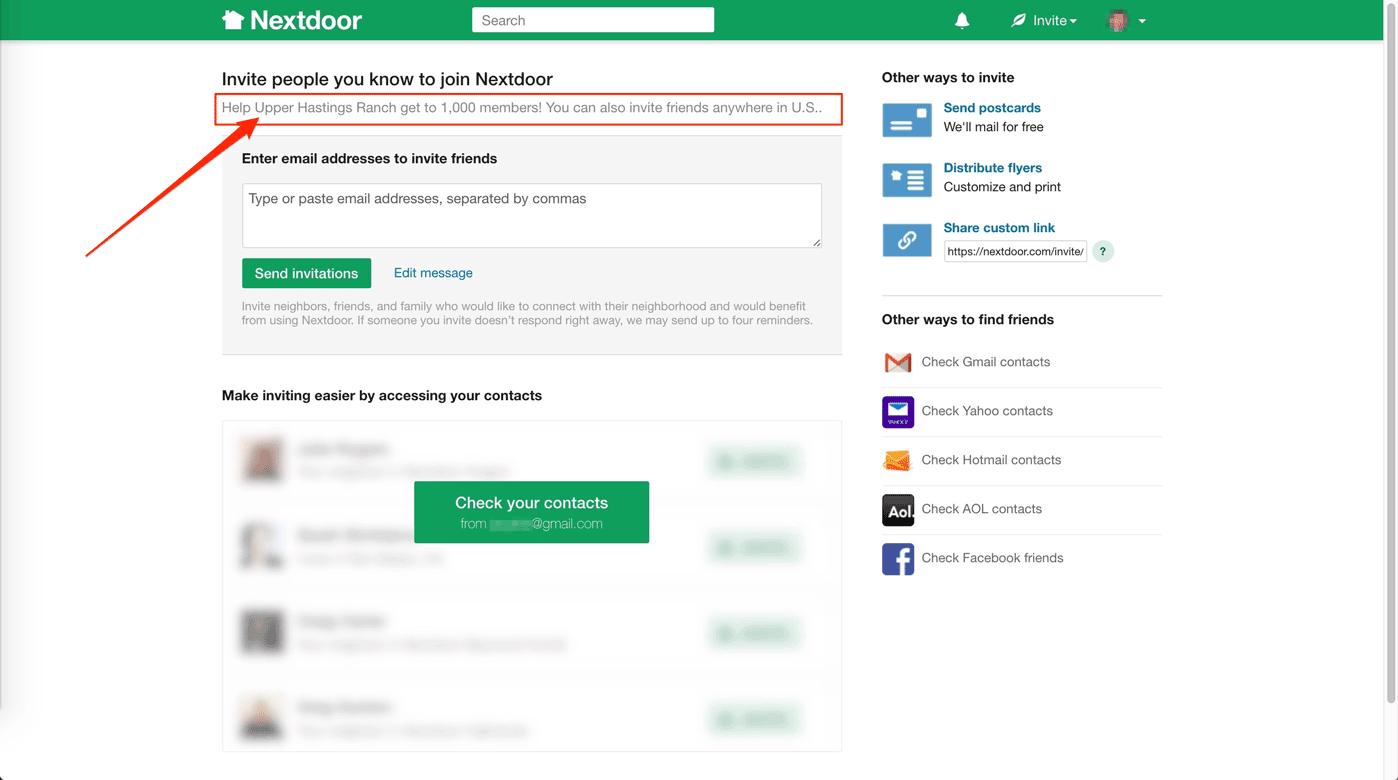
Closing Thoughts
Fact: Referrals and product recommendations trump any other marketing strategy.
At the same time, they’re the most difficult channel to use for growth. For one, because to entice users to tell others about your product, you need to design a recommendation strategy that matches their need for sharing, and ways they typically promote products.
And hopefully, after reading this post, you have an idea where to start.


